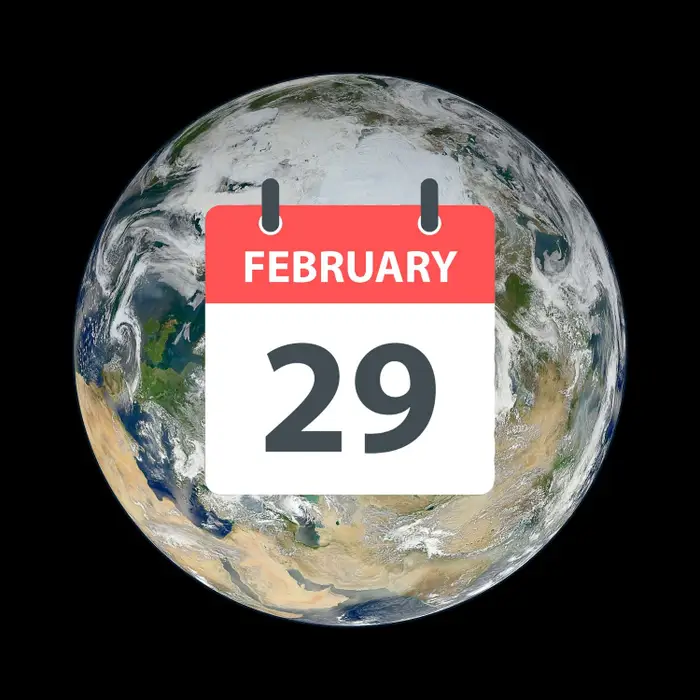As you may already know, every four years we acknowledge the existence of the leap year as we add another day to February in our calendars. While the estimated 5 million people born on February 29th celebrate this rare occasion, the majority of our population tends to forget about this odd phenomenon. Since leap years are a rare event in itself, a few questions form around the special occasion, such as “Where did leap years originate?” and “Why do we have leap years?” Lucky for you, I’ll be answering both of these questions.
While leap years might sound complicated, the reason we have them is very simple. At some point, you probably have learned that it takes a whole 24 hours for the Earth to spin on its axis, along with the fact that the Earth takes 365 days to make a complete orbit around the sun. Well, in reality, both aren’t necessarily correct as it takes 23 hours and 56 minutes for a complete day to pass. As a result of this, a whole year technically takes 365.24129 days to fully circle the sun. Over time the 0.24129 remaining from a year add up to create a whole new day. This is how leap years were created as it takes four total years to create an extra day. While leap years generally happen every four years, that isn’t always the case because leap years never occur in the year of a new century, such as 1800 or 1900, unless the year is divisible by 400, such as 1600 or 2000.
Now that we’ve talked about the reason for leap years, we need to shift to when they were added. The origins of the leap year date back to ancient times, as early as 45 B.C.E. While most of his inspiration came from the Egyptians, Julius Caesar, the emperor of Rome, is largely credited with creating the leap year as he implemented it in his calendar, the Julian calendar. As to why it was added in February, there are a few theories, such as the Romans generally disliking the month, or simply because the Egyptians added it to February as well.
While leap years are fascinating, they do serve a purpose other than accounting for an extra day. If we didn’t keep track of our leap years we would no longer be aligned with the Earth’s orbit, leading to the shifting of our days and seasons. Due to the displacement of days, your calendar could display June when it was the middle of winter. They are an essential part of helping our world run as one. Hopefully, the science and history behind leap years helped shed some light on this special day.



